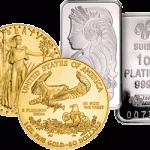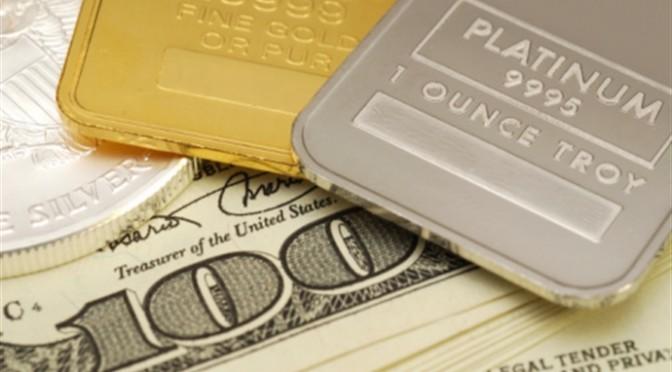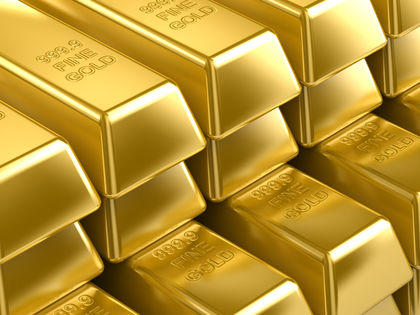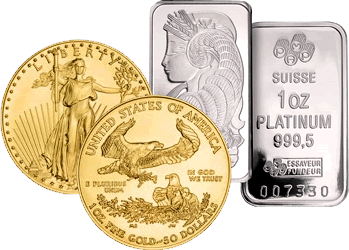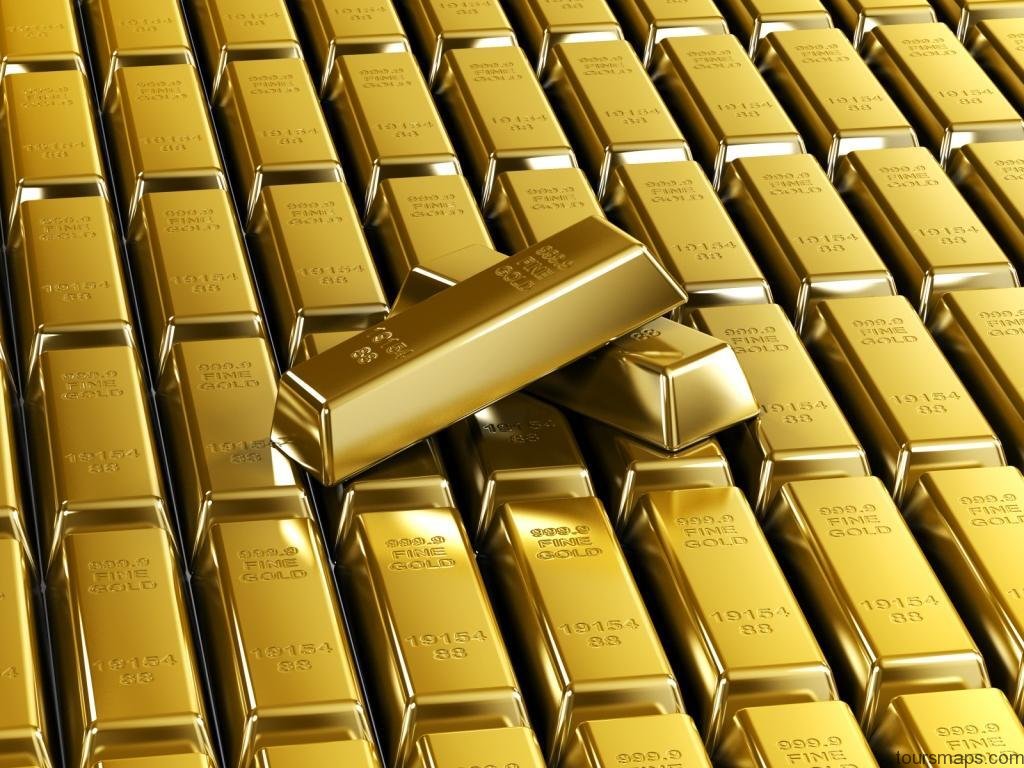The quest for gold and silver played a large role in the European colonization of the Americas, particularly in its earliest stages. Columbus noted in the
diary of his first voyage that the people he met wore gold jewelry; this observation, combined with the mistaken belief that he had reached a land near
Asia, led Ferdinand and Isabella to commission a second voyage.
Relations between the Taino and the Spaniards soon soured, when Columbus as governor instituted a tributary system whereby each Taino over the age
of 14 was required to turn in a certain amount of gold. The Taino and other native peoples around the Gulf of Mexico died quickly in the Caribbean gold
mines.
From the enslaved mine workers, the Spanish heard rumors of an inland native empire with large stone cities and vast amounts of gold. In Mexico’s
central valley, Hernando Cort©z took it upon himself to conquer the Aztecs. Successful conquistadors were able to keep a good deal of their plunder, but
a fifth had to go to the Spanish Crown. As a portent of troubles to come, French pirates also stole much of the gold that the Spanish had stolen from the
Aztecs as it made its way toward Spain in 1523.
A similar war of conquest led by Pizarro felled the Inca empire of Peru. Within a matter of years, the extraction of precious metals, whether through
plunder or mining, had filled Spanish treasure ships and made the Spanish empire the largest and most powerful in the world. In North America, many
tribes managed to lure Spanish explorers out of their territory with fantastic tales of gold-rich civilizations. These rumors propelled Spanish exploration of
vast areas of the interior, without, however, their discovering up the precious metals they sought.
Ultimately, silver mining, though less romantic than the search for gold, provided a surer source of income for Spain. By the end of the seventeenth
century, imperial bureaucrats had begun to equate control over American resources with much of the success of Spain itself. This administrative shift
coincided with the expansion of silver mining in New Spain (roughly Mexico) and Peru.
Silver mining had a dramatic impact on the form of Spanish society in the Americas. Significant numbers of African slaves were imported to work in the
silver mines, and native people from all over New Spain were brought to mining towns, not only to mine ore, but also to provide various services that
cropped up around the mines. The Spanish drew on medieval (and earlier) experience with mines on the Iberian Peninsula as they constructed a network
of mines in the Americas. They also succeeded in tying the mining industry into the developing Spanish Atlantic commercial world.
The English were not immune to gold fever, and the earliest adventurers at Jamestown spent an inordinate amount of time searching for precious metals
in the Chesapeake. This futile gold hunt was one factor that contributed to the Jamestown colony’s disastrous early years.
From 1500 to 1650, the Spanish-American empire exported more than 180 tons of gold and 16,000 tons of silver, a fifth of which went to the Spanish
Crown, accounting for 25 percent of its revenue. Spain’s wealth drew attention from other European nations, which, according to the tenets of
mercantilism, were in constant competition for a finite amount of trade. England, France, Holland, and Portugal all launched devastating raids on Spanish
treasure ships. Piracy and smuggling spread newfound Spanish wealth throughout Europe. Francis Drake earned the favor of Sir Walter Raleigh and
Queen Elizabeth I with his daring raids on Spanish treasure ships and Atlantic colonies.
The rapid influx of such a huge amount of hard currency also had mixed effects on the development of the Spanish economy at home. It experienced
crippling inflation and slow growth in manufacturing relative to the rest of Europe. Dutch, English, and French manufacturers picked up the slack, ushering
in a new period of economic prosperity.
Matthew Jennings
See also: New Spain; Spanish Colonies on Mainland North America (Chronology).
Bibliography
Stein, Stanley J., and Barbara H. Stein. Silver, Trade, and War: Spain and America in the Making of Early Modern Europe. Baltimore: Johns Hopkins University
Press, 2000.
Taylor, Alan. American Colonies. New York: Viking, 2001.
Precious Metals Photo Gallery
Maybe You Like Them Too
- Top 10 Islands You Can Buy
- Top 10 Underrated Asian Cities 2023
- Top 10 Reasons Upsizing Will Be a Huge Travel Trend
- Top 10 Scuba Diving Destinations
- The Best Cities To Visit in The World




